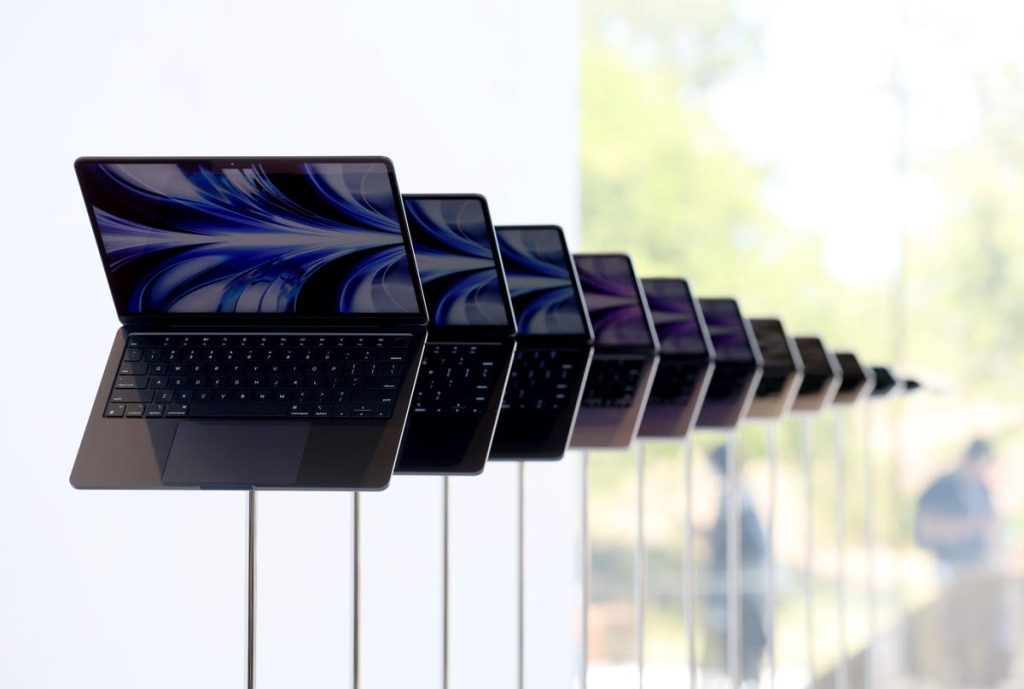For many, October was going to be the month they could upgrade their MacBook Pro or MacBook Air to a new model with the latest Apple Silicon and a new design on the popular consumer laptop. Instead, those looking for a new macOS machine are facing a delay for their new laptops.
Three factors will be contributing to the decision to delay.
The first is market conditions. The launch of the 15-inch MacBook Air, the first consumer macOS laptop with a larger display, should have been followed by sales to the audience waiting for the super-sized screen. Instead, Apple reportedly cut the order book due to slower-than-expected sales.
The new MacBook platform is not alone in this. Laptop and desk-bound PC sales are down across the board, with companies looking to snap back from the flexibility of work-from-home demanded by the coronavirus pandemic to the previous office-bound way. With less work from home, there’s less call for new hardware on the enterprise side, and the Mac platform’s move to ARM-based computing is essentially complete. Upgrading to an ARM macOS laptop is no longer a draw to the geekerati; it has become the baseline that is assumed to be there. Everyone who wants to upgrade has already upgraded and will need a solid reason to do so again.
The next MacBooks must launch with the M3 hardware to offer something significantly different to convince the faithful to upgrade and attract newcomers to the platform.
Apple’s next-generation chipsets are designed around the 3nm process, which includes the iPhone 15 Pro and iPhone 15 Pro Max’s A17 Pro. With Apple reportedly capturing the vast majority of 3nm fabrication, Tim Cook and his team can decide if their priority is the flagship product that contributes the most to the bottom line or a MacBook refresh. And the answer is probably to prioritise the iPhone.
Another priority may be a contributing factor, namely the Apple Vision Pro headset. This is very much Apple’s moonshot for the future – it’s notable that in recent interviews, Tim Cook focuses on Apple Vision and iPhone, leaving the Mac platform out in the cold. The Vision Pro headset is expected to utilise the current M2 chipset; Apple’s PR team may not want the Mac platform to debut the Apple Silicon M3 family, leaving the Vision Pro to run on old hardware.
If there is a silicon shortage, the priority will surely be the linchpin iPhone and the new shiny toy rather than a workhorse laptop.
With the move to Apple Silicon complete, the Mac’s moment to grab the limelight is over. Other products are more visible, have more priority, and offer a better return. Apple’s decision to delay the next MacBook Pro and MacBook Air has to be seen alongside the rest of the portfolio.
Now read the latest Mac, iPhone, and iPad headlines in Forbes’ weekly Apple news digest…
Read the full article here










